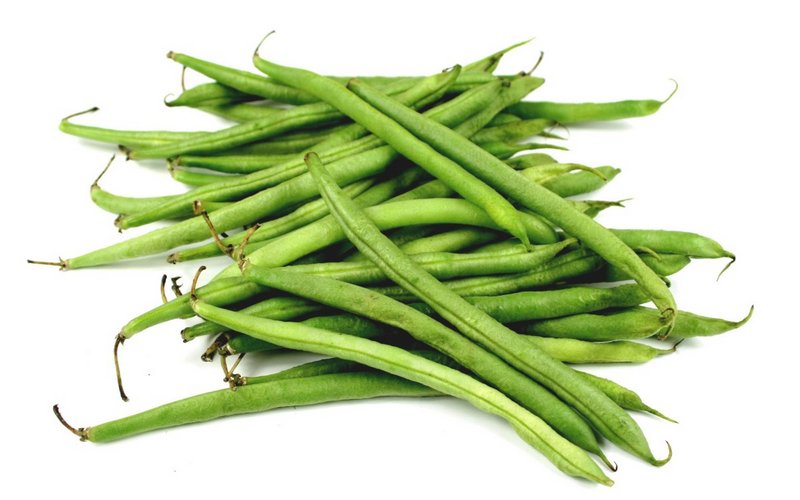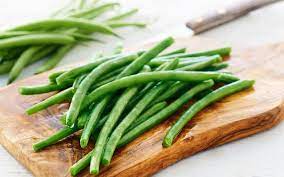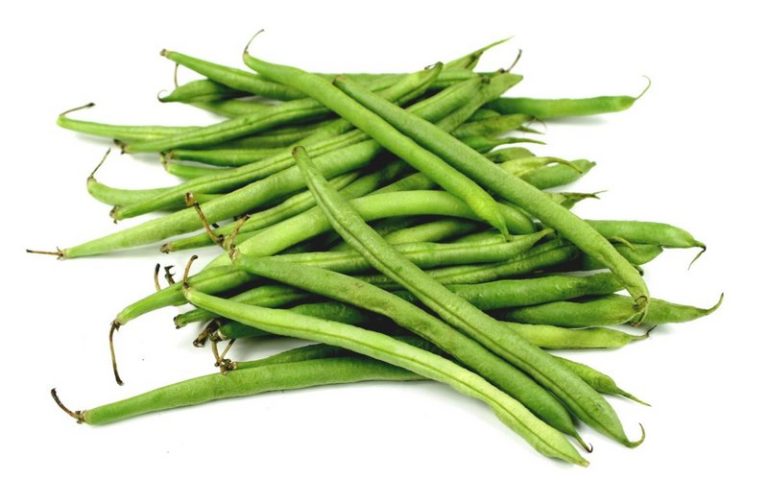Fire beans are both a visual and culinary enrichment. Read here what you have to consider so that runner beans also grow in your garden. You will also get inspiration on how to use the beans.
Runner beans owe their name to the bright red flowers that add visual interest to gardens. That is why the fire bean is often referred to as a runner bean. Like other beans, the fire bean belongs to the butterfly flowers.
The runner bean comes from South and Central America and came to Europe from there in the 17th century, where it is widespread today. The legume is an annual climbing plant and reaches a height of two to four meters. It is therefore also suitable as a privacy screen in the garden.
runner beans in your garden
Fire beans are robust and make few demands on their environment. Therefore, the beans are equally suitable for garden beginners and experts. Here are some things to keep in mind when planting them:
Location:
Fire beans make few demands on their location. A sunny to partially shaded spot is best.
The plant copes better with humid and mild climates than with heat and drought.
At your chosen location there should be enough space for a climbing aid.
Floor:
The bean is also frugal when it comes to soil. While many plants do not thrive well in loamy soil, the runner bean does very well with it. But the plant also thrives in other conditions.
The soil should be permeable and moist. However, avoid waterlogging as this causes the roots to rot.
To ensure that the plant produces numerous fruits, you enrich the soil with mature compost before planting.
mixed culture:
You should not plant runner beans next to onions, leeks or garlic.
On the other hand, savory, potatoes, tomatoes, radishes, lettuce or spinach are well suited.
Plant and care for fire beans
In cultivation, runner beans are no different from conventional pole beans. In order to preserve the diversity of varieties and to avoid genetic engineering, we recommend that you buy organic seeds.
How to plant fire beans:
After the danger of frost has passed, you can sow the beans directly outdoors.
Soak the beans in water overnight beforehand. This is how you support them in the germination process.
Make a 2-inch deep seed groove and place the runner beans about 2-4 inches apart in the groove. Then cover them with soil again. You should keep a distance of 40 to 50 centimeters between the rows.
The beans take about two weeks to germinate. During this time you should keep the soil moist and protect the young plants from cold snaps if necessary. You can cover them with fleece, straw or leaves to protect them from frost.
How to care for fire beans:
The fragile shoots of the beans need a climbing aid right from the start. Long, stable branches or ropes, which you can attach to the ground with pegs, are suitable for this. These should not be too slippery so that the beans don’t slip. It is best to attach the climbing aid when you sow the fire beans.
On hot days, you should provide the beans with enough water, as they are sensitive to severe drought.
Otherwise, the fire bean is quite easy to care for. You don’t have to fertilize them.
Process fire beans
The first runner beans are ready to harvest after just ten weeks. Then you should pick the pods regularly, as this stimulates the formation of new flowers and fruit. You can use both the runner bean pods and the speckled fruit inside the pods.
The pods of the runner bean reach a length of up to 25 centimeters. You can process them just like other pole or bush beans. It is important that you harvest the pods young, before the fruit develops too much and the pods become fibrous. You can simply boil the young pods in salted water for ten to fifteen minutes.
In Austria, fire beans are also called beetle beans because of their impressive size and colour. You can process them in many ways:
They are served as a runner bean salad with pumpkin seed oil and fresh onions.
Cooked and seasoned, you can puree the beans and process them into a tasty spread.
Runner beans are also suitable for soups and stews. Due to their high protein content, they give your dishes a particularly creamy texture.

